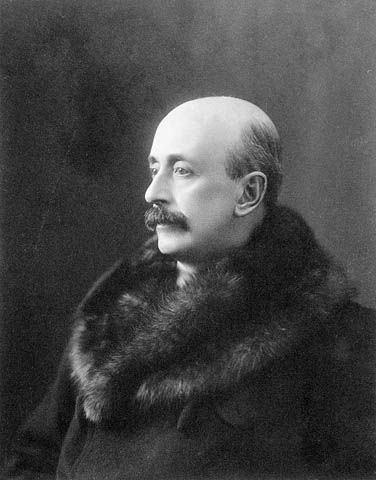 | |
| Similar to the one we had - that dead look was popular. |
That began to make me think: Why? When did humans start cutting down trees and putting them up to shed all over in their house?
Since we figured out how nice they were to have around! Evergreen trees have been associated with seasonal celebrations since ancient times, especially during the winter solstice. People would put boughs, trees and rings of plants that remained green in the winter remind people that spring will return and that once again the land would be lush and abundant. Where our Western traditions originate, the shortest day and longest night of the year falls on December 21 or December 22 and is called the winter solstice. Many ancient peoples believed that the sun was a god and that winter came every year because the sun god had become sick and weak. They celebrated the solstice because it meant that at last the sun god would begin to get well. Egyptians, Romans, Druids, Vikings, Anglo-Saxons, Spaniards and Slovaks are some of the people that used evergreen trees to decorate their homes.
The Christians took over the trees!
In the 7th century a monk named Boniface from Devonshire, went to Germany to convert them to Christianity. Legend has it that he used the triangular shape of the Fir Tree to describe the Holy Trinity of God the Father, Son and Holy Spirit to the pagans. The converted people began to revere the Fir tree as God's Tree, as they had previously revered the Oak. By the 12th century it was being hung, upside-down, from ceilings at Christmastime in Central Europe, as a symbol of Christianity. The first documented decorated tree was at Riga in Latvia, in 1510. In the early 16th century, Martin Luther is said to have decorated a small Christmas Tree with candles, to show his children how the stars twinkled through the dark night.
Modern Trees: thank Royalty!
In 1846, Queen Victoria and her German Prince, Albert, put up a Christmas tree as he did when he lived at home. They were sketched in the Illustrated London News standing with their children around a Christmas tree. Her British subjects - who actually liked her- thought that this was very cool and fashionable and started to do the same.
 |
| Fashionable but seriously somber here. |
By the 1890s Christmas ornaments were arriving from Germany and Christmas tree popularity was on the rise around the Western world. It was noted that Europeans used small trees about four feet in height, while Americans liked their Christmas trees to reach from floor to ceiling. Canadians don't really care as long as there is nothing living in it. People mostly made their own ornaments, while the German and their descendants use apples, nuts, and marzipan cookies. Popcorn joined in after being dyed bright colours and interlaced with berries and nuts. Electricity brought about Christmas lights, making it possible for Christmas trees to glow for days on end. With this, Christmas trees began to appear in town squares across the country and having a Christmas tree everywhere took hold.
One of the largest public Christmas trees ever was put up last year in Coeur d’Alene Resort in Idaho. It is 162 feet (49.5 m), with the star on top adding another 10 feet (3 m) high. These people are serious about Christmas in Idaho.
 |
| But not the fullest. |














